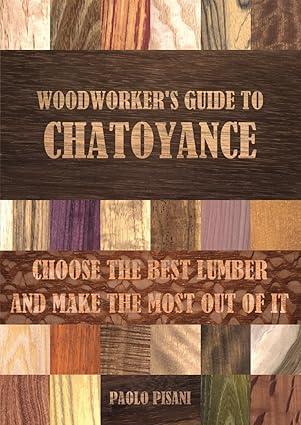This test is aimed at understanding how an extremely good planing operation affects chatoyance.
Nine different species were subjected to “supersurfacing”, an operation for which we wish to thank Arco-Baleno, a Swiss company that distributes Marunaka supersurfacers.
For each species, 2 samples were collected. Both had their chatoyance measured in the super-surfaced condition. Then sample 1 was sanded to increasing grits measuring chatoyance at each step, up to 10`000 grit. Finally, these samples got coated with one medium shellac layer. Sample 2 was directly coated with one medium shellac layer. Table below summarizes the results:

Supersurfacing appears equivalent to sanding up to 2500-grit for Sapele, European Walnut, Hard Maple, Movingui and Niangon, and to 1500-grit for European Ash. However, not even 10’000-grit allowed to equal supersurfacing on Sweet Cherry, European Oak and Lime, with the latter showing impressively higher chatoyance: 18.8 PZC for supersurfacing vs 13.2 for 7000-grit sanding.
The same general tendency was also found when comparing results after finishing.
Pictures below provide some examples:



























Want to know more? Get Woodworker’s Guide to Chatoyance!

Available on Amazon in 12 countries – just click on your flag below…
… and enjoy the read!











